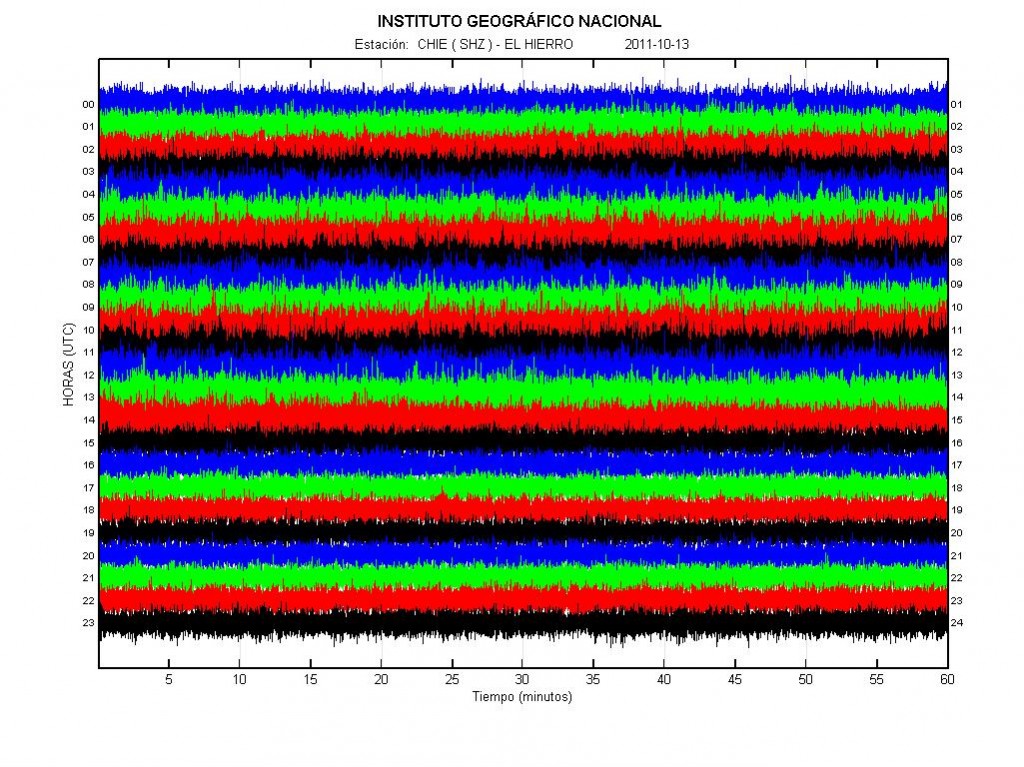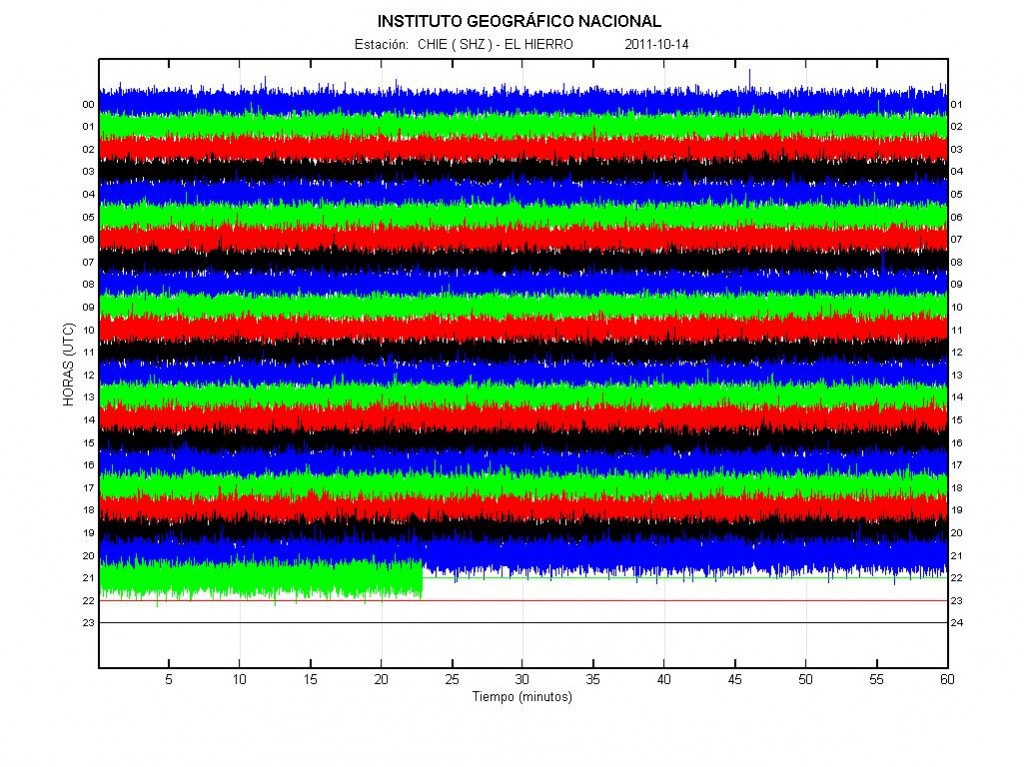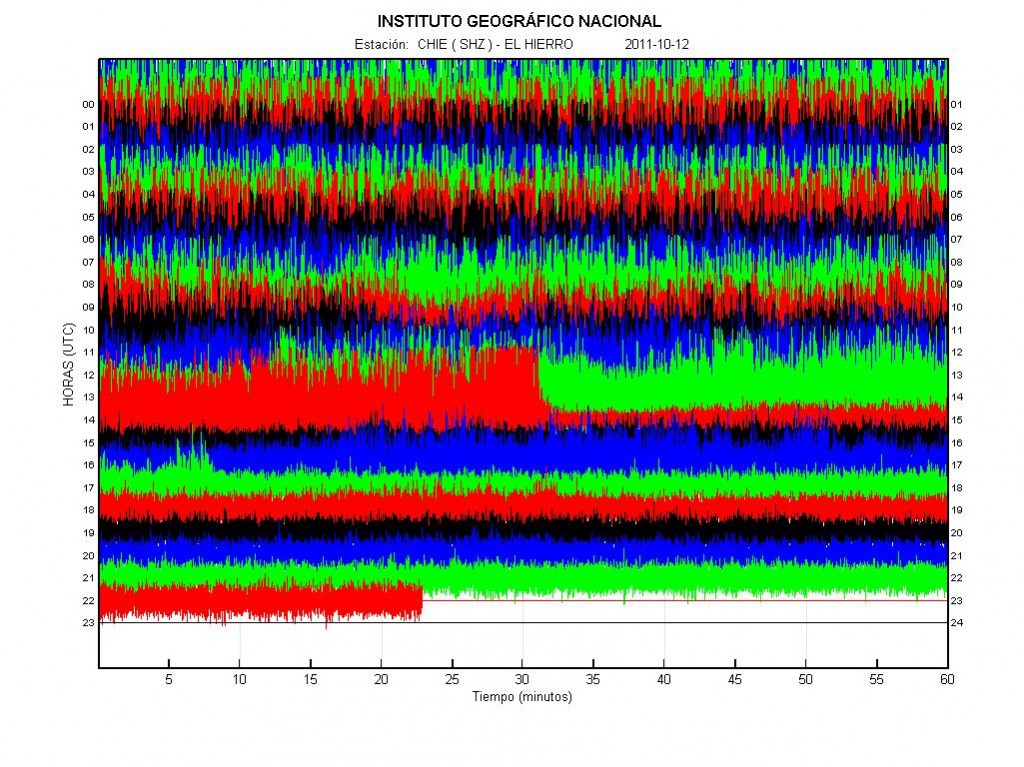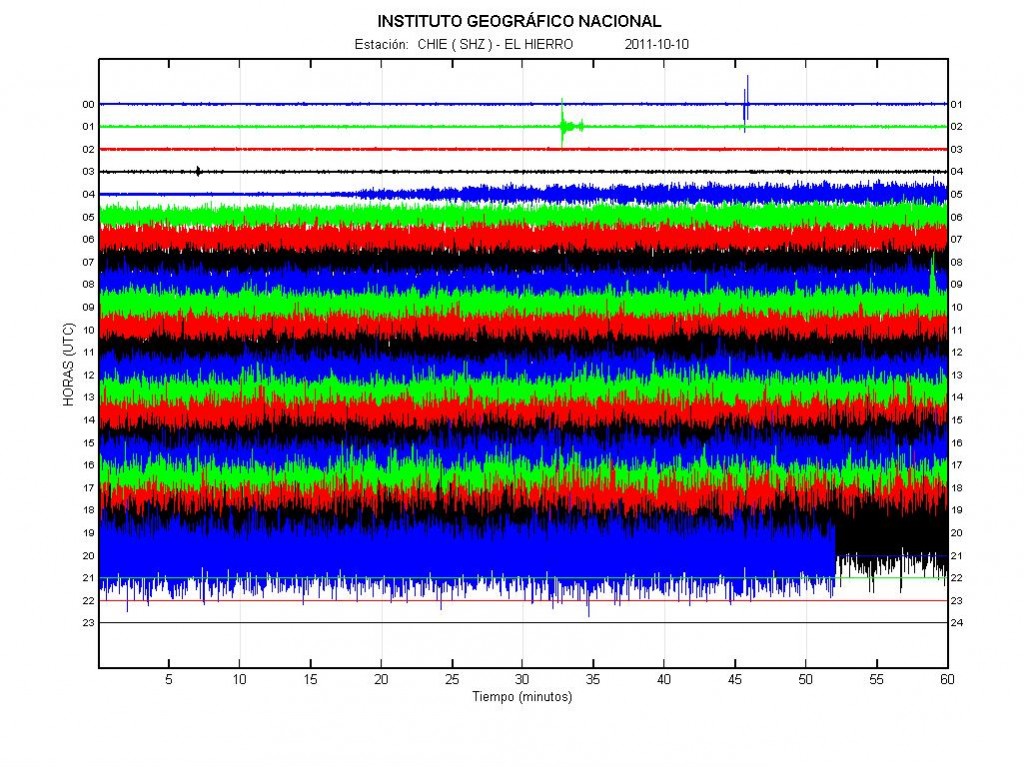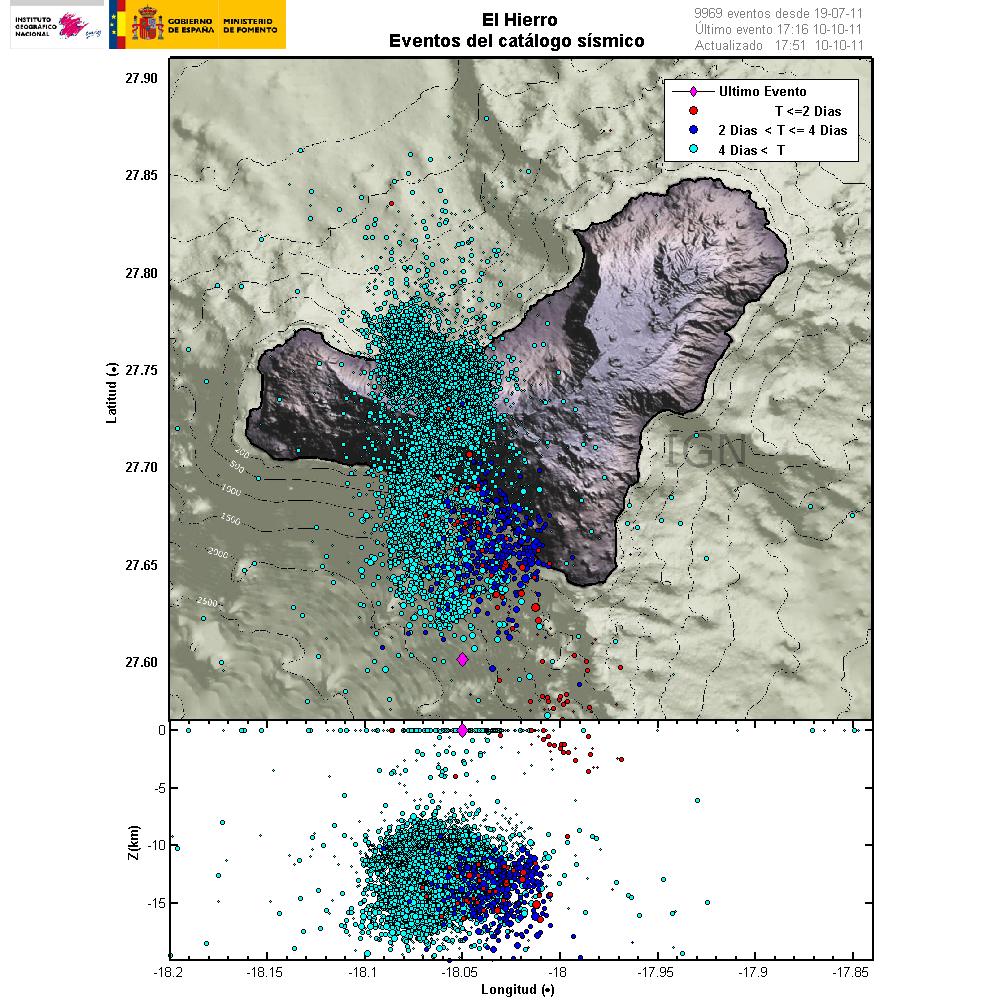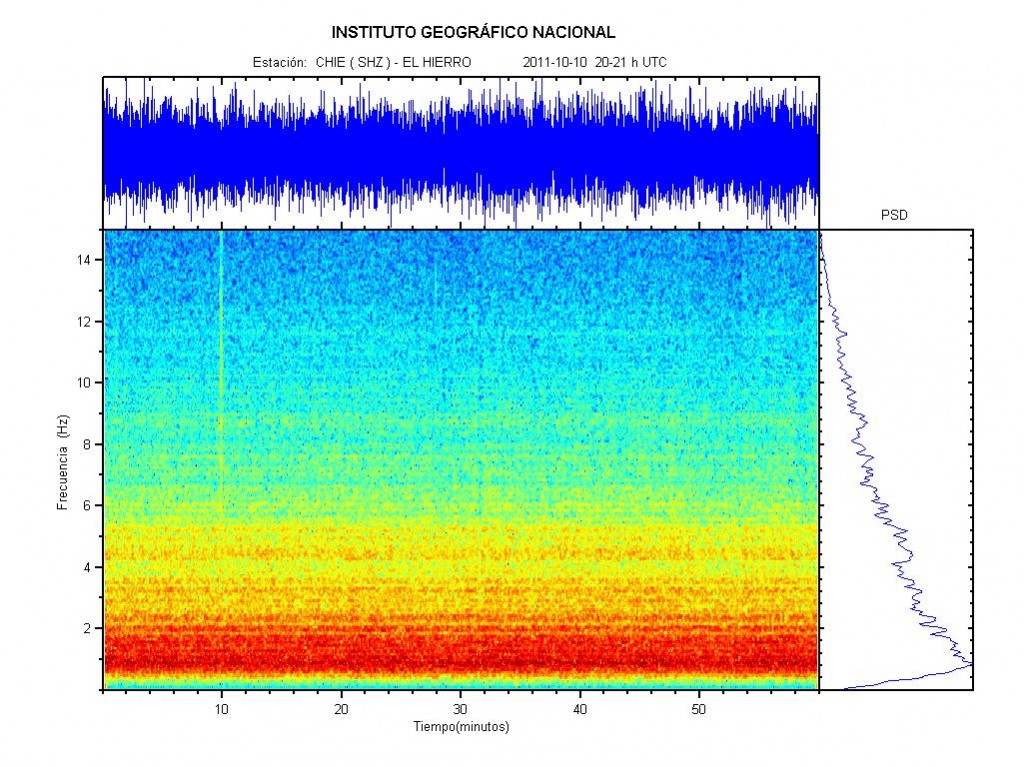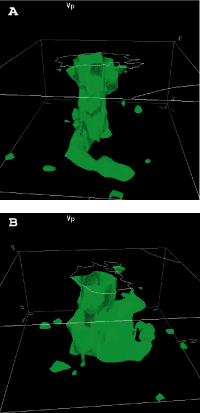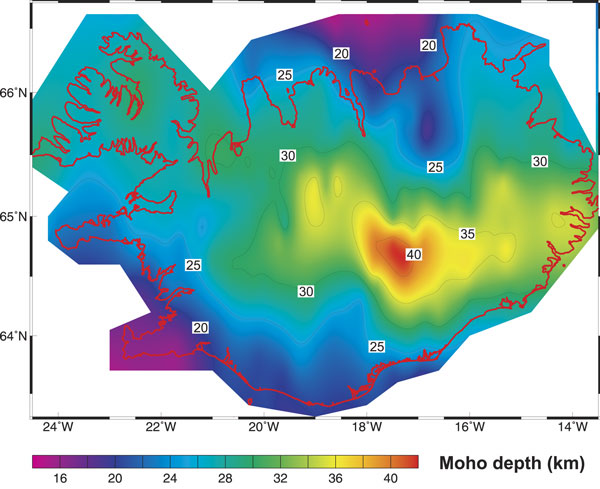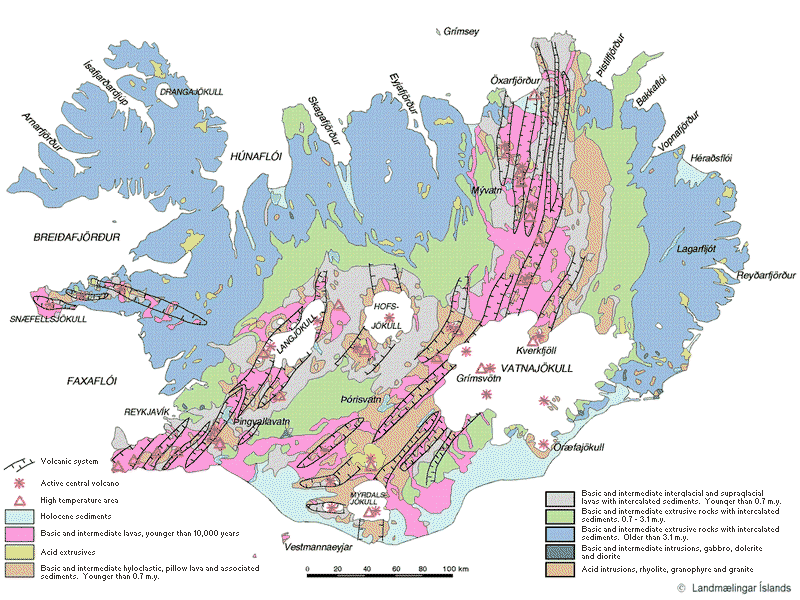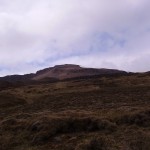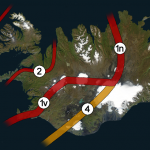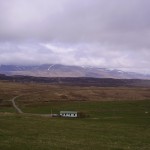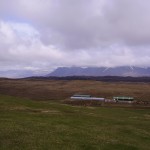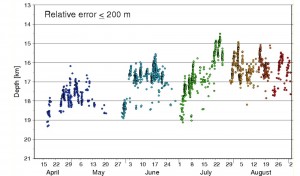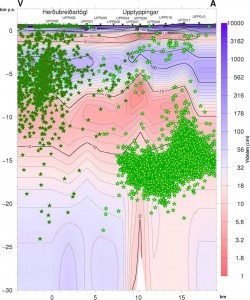Short note on comments: During the eruption in El Hierro there has been a lot of comments on this blog. Over the past 4 days (or so) there have been about ~1500 comments. If your comments is held for moderation, the blog says so. Do not try to repost your comment if that is the case. As the second comment is just going to be held in moderation as the earlier one. It takes me a little while to approve the comment and to make it appear. If your comments disappears and cannot be seen, the spam filter has eaten it. It also takes me a while to check the spam filter and restore comments that have gone there. Please do not just post comment with nothing but links, that increases the risk that the comment is going to be eaten by the spam filter.
*****
Short note: Please note that I am not a expert in the field of volcanism, volcanoes and earthquakes. I never claim to be one. Regardless if I am asked or not. I am a man with interest in this field. I read a lot of books and studies on volcanoes and earthquakes. But that does not make me a expert in this field. If you want to speak with a expert, go and find one. Because I am not it.
Now. About the eruption in El Hierro volcano in Canary Islands. This is going to be a short blog post about the eruption.
From what I can tell and the information that I have seen. At least two more vents have opened up on the from what I can gather on the pictures and the reports from Canary Islands. So far all the new vents are under the ocean and at depth of no less then 150 meters. So seeing them directly is quite hard for the moment. There are continues deep earthquakes under El Hierro volcano, but that suggests that new magma is flowing into El Hierro volcano.
During the weekend floating magma bombs where (or some type of magma, I do not have the exact word for it in English at the moment) floating on the ocean. But this means that at least one of the vents that started erupting in the beginning is getting close to break the surface of the ocean. If the eruption continues in that vent for a little while longer. If it gets above the surface of the ocean, it is going to form a island and a lava eruption is going to start once the ocean cannot get any more into the crater.
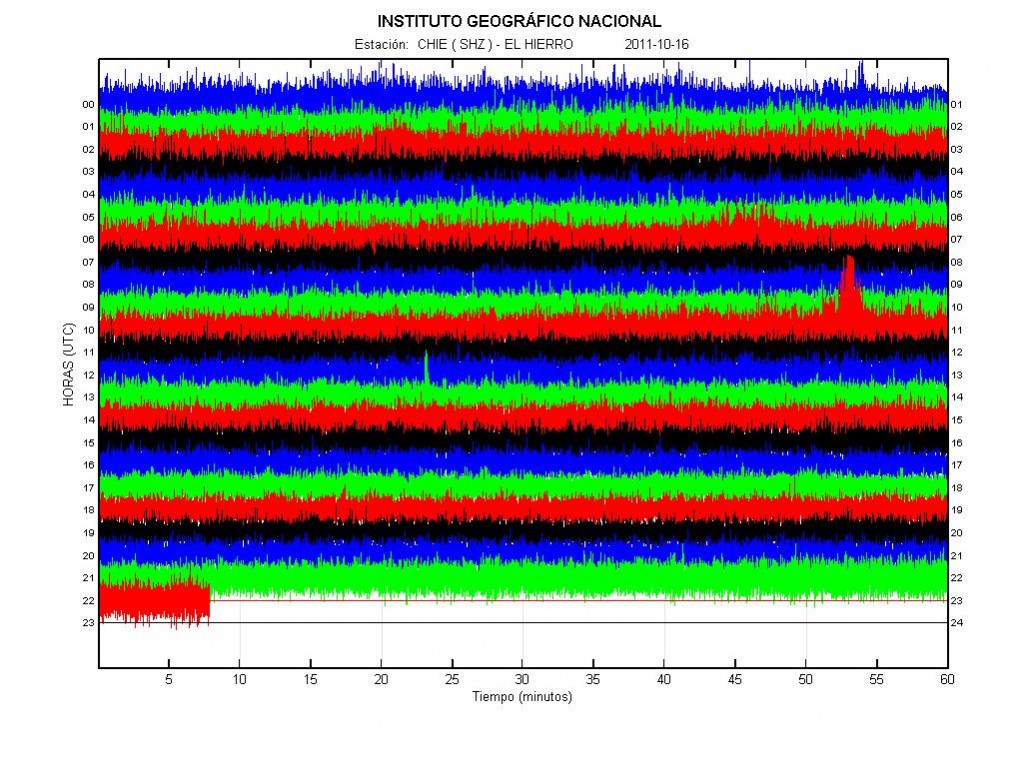
The harmonic tremor of the eruption in El Hierro volcano today (16 October, 2011) at 22:35 UTC. Copyright of this picture belongs to Instituto Geográfico Nacional.
There is a risk of new fissures in El Hierro opening up without warning. From what I am estimating, the area that this can happen has expanded about ~5 km or so from my original estimate that I made in few blog posts ago. The risk of new fissure opening up on land is going to remain high while this eruption is taking place. But this might well be a period of eruption activity for El Hierro. It is impossible to know for how long it is going to last, it could be weeks or it could be months and up to years of activity.
I am going to post more information on El Hierro when I know more tomorrow. I am also going to write about the earthquake activity in Hengill volcano tomorrow if I have time to do so.

